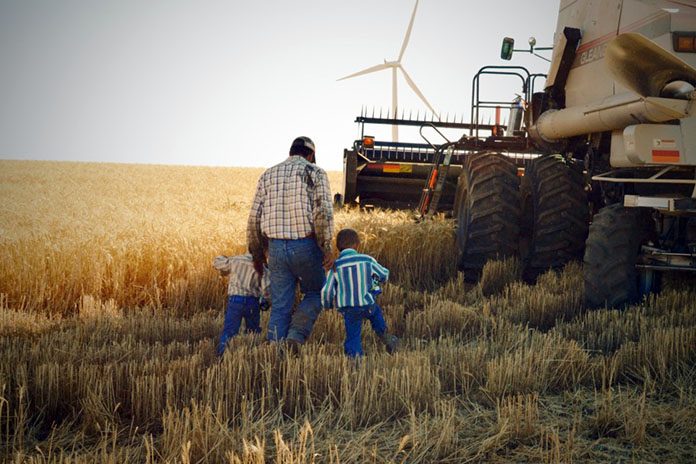
The most ambitious and important agricultural survey of all is getting underway in Oregon and the rest of the fifty states as the 2017 Census of Agriculture literally reaches out to every farmer and rancher in the United States.
“The Census of Agriculture is USDA’s largest data collection endeavor, providing some of the most widely used statistics in the industry,” says US Secretary of Agriculture Sonny Perdue. “Collected in service to American agriculture since 1840, the census gives every producer the opportunity to be represented so that informed decisions can support their efforts to provide the world with food, fuel, feed, and fiber. Every response matters.”
The Census of Agriculture, conducted by the US Department of Agriculture’s National Agricultural Statistics Service (NASS), takes place every five years, and even though this one is considered the 2017 census, the actual results and reports won’t be completed until early 2019. That’s because of the huge amount of information and details that need to be gathered and analyzed.
Oregon Department of Agriculture Director Alexis Taylor encourages the state’s producers to cooperate with the census and respond to the questionnaire being sent to them and more than 3 million US producers over the next several weeks.
Questionnaires are being mailed out in several phases through December to all farmers on record. Farm operations of all sizes which produced and sold, or normally would have sold, $1,000 ore more of agricultural products in 2017 are included in the census. Completed surveys are due February 5, 2018.
“The Census of Agriculture is really the best and only source of comprehensive and uniform data for every state and every county in the US,” says Dave Losh, Oregon’s state statistician for NASS. “In Oregon, we will be sending out about 42,000 questionnaires. Some operators will be getting multiple surveys since they have different types of farm operations.”
Statistics compiled by the census are used to determine funding for extension work, research, soil conservation, and other agricultural-related services. Private industry uses census data to provide more effective production and distribution systems– for example, to locate feed mills and farm equipment dealerships where they will provide better service and offer competitive prices to farmers. Information from such statistical data helps make the case for specific grant program dollars.
The census also asks questions on organic commodities, energy, conservation methods, and community-supported agriculture. The last census introduced questions about on-farm renewable energy production and land use practices. Many of these questions will simply ask for a yes-no response, but could lead to more detailed questions in subsequent surveys in the near future.
Again, the census is reaching all sizes and types of farm operations.
“Looking at the census data for Oregon in previous years, we are seeing more and more operations that are small in size and have people who need to also work off the farm to make a go of it,” says Losh. “It’s a reminder that even if you are a small operation, it’s important to respond and be counted.”
Oregon traditionally has a good response rate compared to other states. Following the February 5, 2018 deadline, NASS will follow up either by phone or in person to try and obtain data from those who have missed the deadline. Losh is hoping for a high percentage of respondents from the get go.
“The more response we have, the better the numbers,” says Losh. “Stand up and be counted!”









